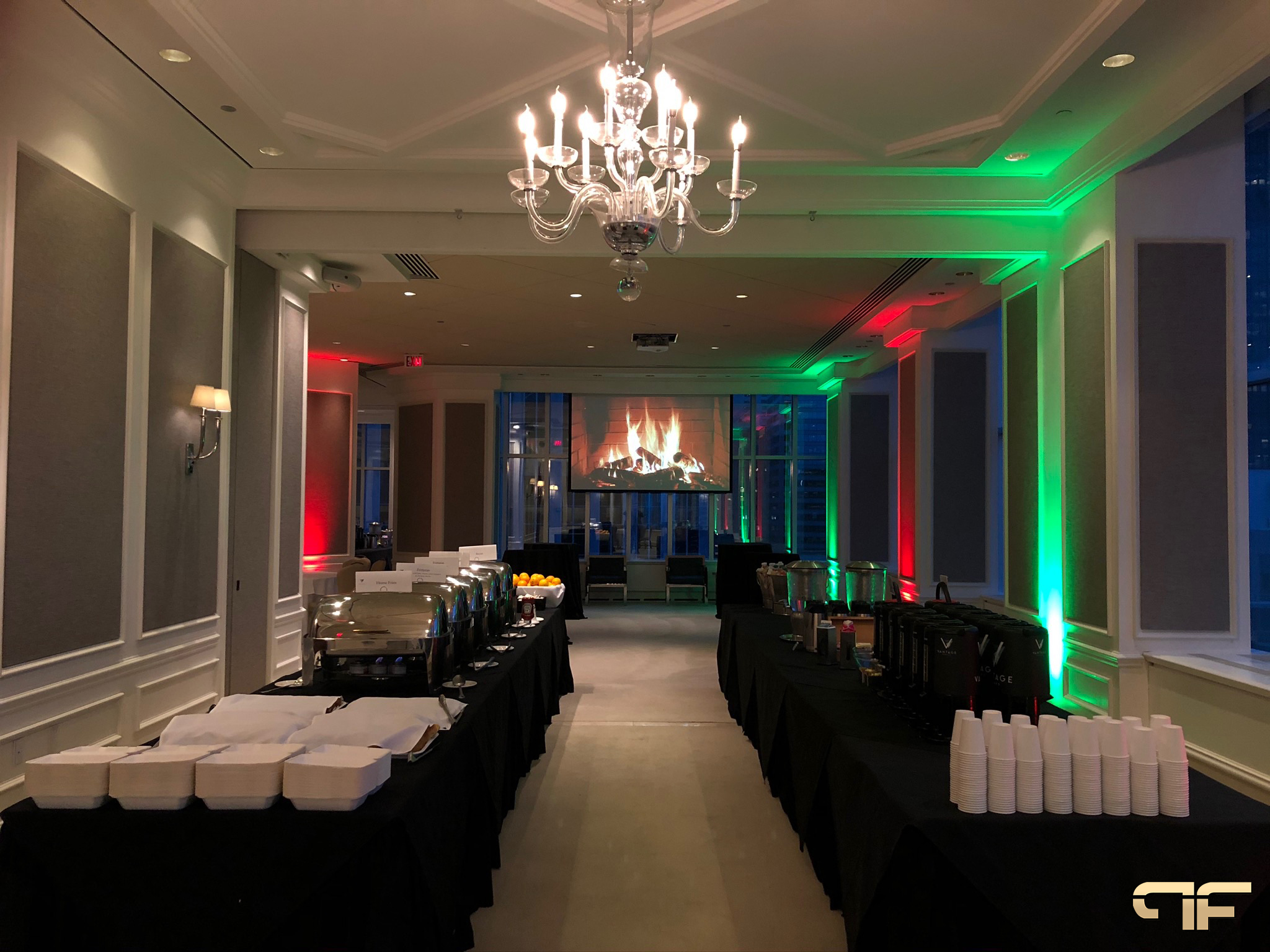
While many organizations have chosen to go virtual until the storm passes, event decor will never return to normal post-COVID. Those who think this way will find themselves at the back of the line.
Reflecting on the pre-pandemic realities of event decor, the entertainment consumption of the event has not changed over the centuries. We are tribal people, evolved from a society that has always been driven by narrative, gathering around campfires and social circles, telling stories, sharing memories. Even as we progress in industry, architecture, technology, and entertainment, changing settings and channels of communication, instincts need to really come together and share these experiences.
As the pandemic cuts off our ability to gather overnight, the desire to meet does not stop. Social distancing is described as the action we must take to prevent the spread of the virus; however, it is a somewhat misleading term. We have come together more actively than before socially, in Zoom and FaceTime sharing experiences.
As we continue to gather around this proverbial, digital fire, we have all become more adaptable as we seek technology and technology seeks us out in providing some exciting new opportunities. We are continually reminded that technology is never static and that some of the most creative periods in human history have emerged from extreme situations of stress and compulsion.
The only certainty is the change
Until groups can take their places again, what opportunity is there for people to consume events and entertainment? Plenty!
Over 20 million viewers tuned in to Global Citizen’s One World: Together at a home concert to see the Rolling Stones and other musicians performing from their home with very little production. At the same time, typical live concerts can attract two to three million participants, which is nothing in front of 20 million VIRTUAL viewers immediately after the breakout of a crisis worldwide. This event was a shining example of how our industry can move forward, even though it has a long development period for the digital events that predict it.
More than 12 million players were tuned in for Travis Scott’s Fortnite event. This is around the same size as the average Monday Night Football audience.
Human beings engage in all their senses
At this stage, you can not imagine that technology is capable of replicating the feeling that you need to attend a summer festival, enjoying the gentle breeze near your friends, a glass of wine or beer in hand. While listening to music in this way may not be perfect, but the experience is beautified by the overall environment.
This is where this closing period has been an excellent experimental petri dish for our industry. How many of these new technologies and virtual experiences that we are forced to discover will stay with us as we leave this period? And how much will it disappear because it never really fulfilled the general desire to experience events directly?
With technology becoming more available, live shows are now taking place in empty spaces that are equipped for digital engagement.
Right now, the production value of these events is ongoing, as doing these virtual events is still a novelty. But how important the value of output will become once the ability to consume events on different platforms – virtual and direct – is unlocked remains to be seen.
While the virtual world has not yet come up with a design language that makes it right, its designers continue to use visual reference points for construction from the physical world. When we start talking about VR and events and how we can move forward into a future where we mix distant and lively audiences and performers, the landscape starts to become interesting. In fact, I believe we are in the midst of a multi-level renaissance where we will see a growing confusion between the virtual and the real.
The short-term future will be based on the decentralization of events
As the pre-pandemic event highlighted major sites, the post-pandemic site will be spread by different hosts in different countries.
Event professionals are having a lot of conversations about the future of this “distributed” model, driven by the business incentive to keep these events first. The challenge is that we now need to find places that can physically allow for these events. Due to the ongoing need for physical distance, many of the countries coming out of this closure will not be able to meet the measures that need to be put in place.
At what point in the business model are arenas, theatres, and stadiums open to a smaller crowd? And how can you involve the remote audience that would normally go to that event but can’t?
The generation of consumers who consume only what has been given to them is over. People want to participate in hybrid and virtual events and that is why we need to personalize shared experiences as the demand for individualism is leading the way. The design world has not yet reached the virtual world. However, a new design language will emerge from this, which is not present right now. The output value for most events is relatively weak, but there is a novelty about it.
There are no restrictions in the digital world. What will happen is digital and live will co-create together. Current technology is more communicative than true collaboration for a project from your living room or bedroom. This is a struggle for remote designers, and it will change over time, but probably not by the end of 2021.

Comments are closed.